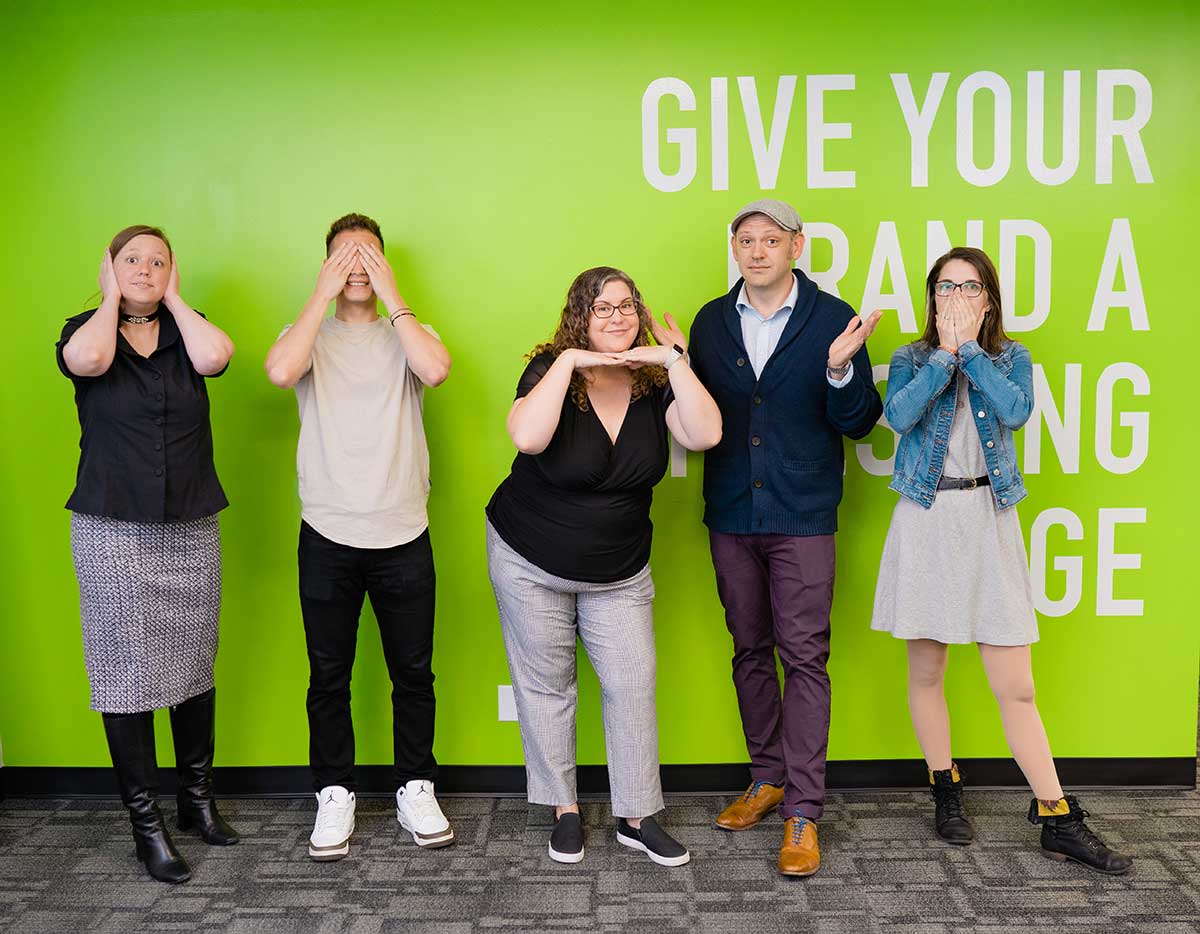In digital marketing, the synergy between web design and content marketing plays a pivotal role in capturing and retaining audience attention. While content marketing focuses on delivering valuable and relevant content to attract and engage a target audience, web design serves as the vehicle through which this content is presented. When these two elements are harmoniously integrated, the result is a seamless user experience that drives engagement, conversion, and brand loyalty.
Here are several key ways in which web design influences content marketing effectiveness:
- First Impressions Matter: The design of a website sets the initial tone for visitor interaction. A well-designed website with intuitive navigation and visually appealing layouts immediately captivates users and encourages them to explore further. This initial impression can significantly impact the reception of the content presented on the site. If the design is cluttered or outdated, visitors may be quick to navigate away, regardless of the quality of the content.
- User-Friendly Navigation: Clear and intuitive navigation is essential for guiding visitors through the website and directing them to relevant content. Effective web design ensures that users can easily find what they’re looking for, whether it’s blog posts, product pages, or informational resources. By streamlining navigation pathways, web designers facilitate access to content, enhancing its discoverability and increasing the likelihood of engagement.
- Optimized Readability and Accessibility: Content readability is paramount for conveying information effectively. Web designers play a crucial role in optimizing typography, spacing, and contrast to ensure that content is easy to read across various devices and screen sizes. Additionally, adherence to accessibility standards ensures that content is accessible to all users, including those with disabilities, thereby broadening its reach and impact.
- Visual Enhancement of Content: Visual elements such as images, videos, and infographics enhance the appeal and comprehension of content. Web designers integrate these elements seamlessly into the overall design, creating visually engaging experiences that capture attention and convey information more effectively than text alone. Thoughtful use of imagery and multimedia not only enhances content marketing efforts but also reinforces brand identity and messaging.
- Mobile Responsiveness: With the proliferation of mobile devices, optimizing websites for mobile responsiveness is paramount. A responsive design ensures that content adapts dynamically to various screen sizes and resolutions, providing a consistent and enjoyable user experience across desktops, smartphones, and tablets. Given that a significant portion of internet traffic originates from mobile devices, mobile-friendly web design is essential for reaching and engaging audiences effectively.
- Conversion Optimization: Effective web design goes beyond aesthetics to prioritize conversion optimization. By strategically placing calls-to-action (CTAs), optimizing landing pages, and minimizing friction in the user journey, web designers facilitate conversion opportunities at every touchpoint. Whether it’s subscribing to a newsletter, downloading a resource, or making a purchase, seamless integration of content and design encourages users to take desired actions.
In essence, the relationship between web design and content marketing is symbiotic, with each component influencing the effectiveness of the other. A cohesive approach that prioritizes user experience, accessibility, and visual engagement can elevate content marketing efforts and drive meaningful results. By investing in thoughtful web design that complements and enhances content delivery, businesses can create immersive digital experiences that resonate with their target audience and foster lasting connections.

